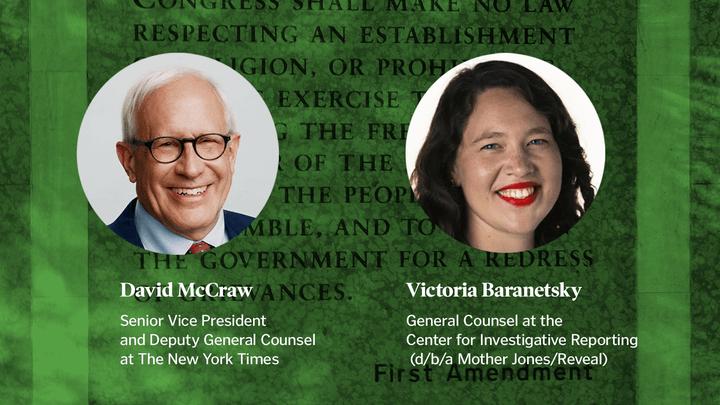Facebook Live came of age this week in the way that radio did in World War II, TV did when John Kennedy was killed, cable TV did during the first Gulf War and Twitter did in the Arab Spring.
Journalists will look back on this week years from now and remember a time when only TV and radio stations had the quick capacity to “go live” from anywhere. In the last two days we have watched in horror as Diamond Reynolds went live from the front seat of her car while her boyfriend, Philando Castile, was slumped dying beside her. A day later, Dallas newsrooms were streaming coverage of police under attack from a sniper. Protestors from coast to coast livestreamed their marches. And in little more than a week, two solid weeks of tension will begin unfolding at national political conventions.
Since 2014, a series of videos posted on social media have shaped the national conversation about how and when police use deadly force. The videos sparked protest, occasional violence and, importantly, new police procedures. But now, the videos are not just recordings, we are watching them unfold live from the point of view of the people most closely involved.
It would be smart for newsrooms and anyone else practicing journalism to think about the following questions before going live.
- Beyond competitive factors, what are your motivations for going live? Why do your viewers need to know about this story before journalists have the opportunity to filter the information offline? What verification processes are you willing to give up in order to get information to viewers quickly? How would instantly available live information help the public to stay safe and minimize chaos and quell rumors?
- Am I speculating about fatalities, injuries, weapons, motivations and descriptions? It can be tempting to “fill time” while you are live and no new information is coming in. Don’t trust eyewitness descriptions or even your own eyewitness view as being the whole truth. Keep asking what you are not seeing, what you don’t know and what you need to know to fully understand the events.
- When, if ever, would you link to or share a live feed that comes from the person who is at the center of the story? We have already seen cases of shooters who are streaming their grievances live on social media. How willing are you to give that person a live unfiltered public platform?
- Would you publish or air whatever you are streaming live? Your social media feed should not have a lower standard for truth-telling and reliability. When journalists moved from regularly scheduled broadcasts and print publishing schedules to nonstop online reporting, they adjusted to the responsibility that demands quick and thoughtful responses. Now, they must adapt again to the new ethical demands of live video reporting.
- Are you prepared to broadcast the worst possible outcome that could result from this unfolding story, such as a person killing themselves or someone else during live coverage? What outcomes are you unwilling to post? Why? How do you know the worst possible outcome will not occur?
- How do you know the information you’re relaying live is true? How many sources have confirmed the information? How do the sources you are quoting know what they say is true? Is your source reliable? How willing is the source to be quoted?
- What are the consequences, short-term and long-term, of “going live” with the information? What are the consequences of waiting for additional confirmation?
- What is the tone of the coverage? Can you raise awareness of a significant event while minimizing unnecessary hype and fear? Who in your newsroom is responsible for monitoring the tone of what is being streamed?
- Have you considered adopting any safety nets that could minimize harm? These measures can give you a contingency plan to stop broadcasting if the situation turns graphic, violent or compromises the safety of others.
- How clearly does the newsroom understand standards for graphic content? How well are guidelines understood by everyone from online editors, reporters, photojournalists, web producers or others who might have to make an editorial call when the formal decision-maker is not available?







